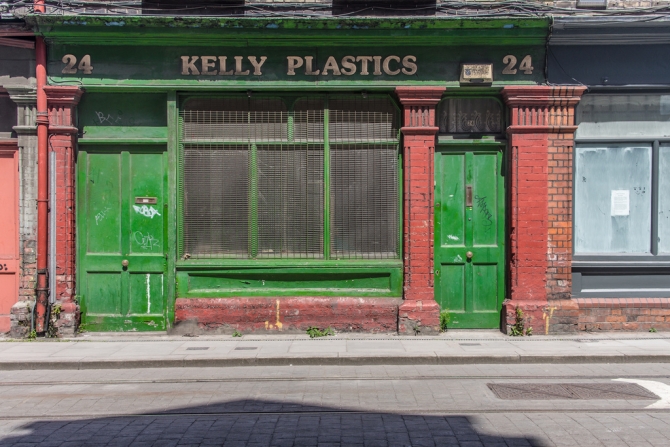Ireland’s stockpile of vacant commercial buildings has reached almost 28,000, despite the shortage in Dublin being classed as “severe” and a number of other cities warning they will have no prestige offices by the end of the year.

A new report from GeoDirectory — which tracks vacant sites around the country through the national postal service An Post — found that 12.4 per cent of commercial properties were vacant at the end of March, up more than 11 per cent from a year earlier. There were 27,791 commercial properties that were unoccupied in Ireland at the end of this year’s first quarter.
Dublin, which accounts for almost a quarter of all properties in the country, has the fourth highest vacancy rate in the country, with 13.8 per cent of its commercial sites without a tenant. But while the capital has one of the highest vacancy rates in the country, it remains the powerhouse behind the market’s recovery. And while many industrial properties in the surrounding suburbs are without a tenant, central Dublin has few, if any, top-quality office blocks with vacant space.
The latest figures were produced by combining returns from An Post’s 5,600 delivery staff and Ordnance Survey Ireland data. “Our latest report demonstrates the two-paced recovery seen in different parts around the country,” explained GeoDirectory’s chief executive, Dara Keogh.
“Our findings illustrate that there are certainly parts of the country that are feeling the effects of the economic downturn more keenly than others,” he added. Sligo remains the county with the highest vacancy level at 16 per cent, while less than nine per cent of properties are unoccupied in Kerry. In Cork 11.4 per cent of sites are empty.
Looking at the global picture, there are 223,336 commercial properties registered across Ireland with 12.4 per cent unoccupied, an average which has remained unchanged through the last two quarters.
Unlike previous GeoDirectory reports, the latest research collated vacancies in the main shopping areas of Dublin, Cork, Galway, Kilkenny and Limerick. The average high street vacancy rate for all five locations came in at 13.5 per cent.
Mahon Point Retail Park, in Cork, and Dublin’s Jervis Street Shopping Centre were the only two shopping centres fully let. The average commercial vacancy rate of all the shopping centres included in the survey was 10.9 per cent with the Roxboro Shopping Centre in Limerick reporting more than 43 per cent of its units vacant.
At a high street level Opera Lane, in Cork, and College Street in Dublin were the only two retail streets with no vacancies. At the other end of the scale, Limerick’s Cecil Street had the highest vacancy rate with 41 per cent of its 61 units classified as “disused”.
Previous Post
IKEA turns to Malls to boost Chinese Growth